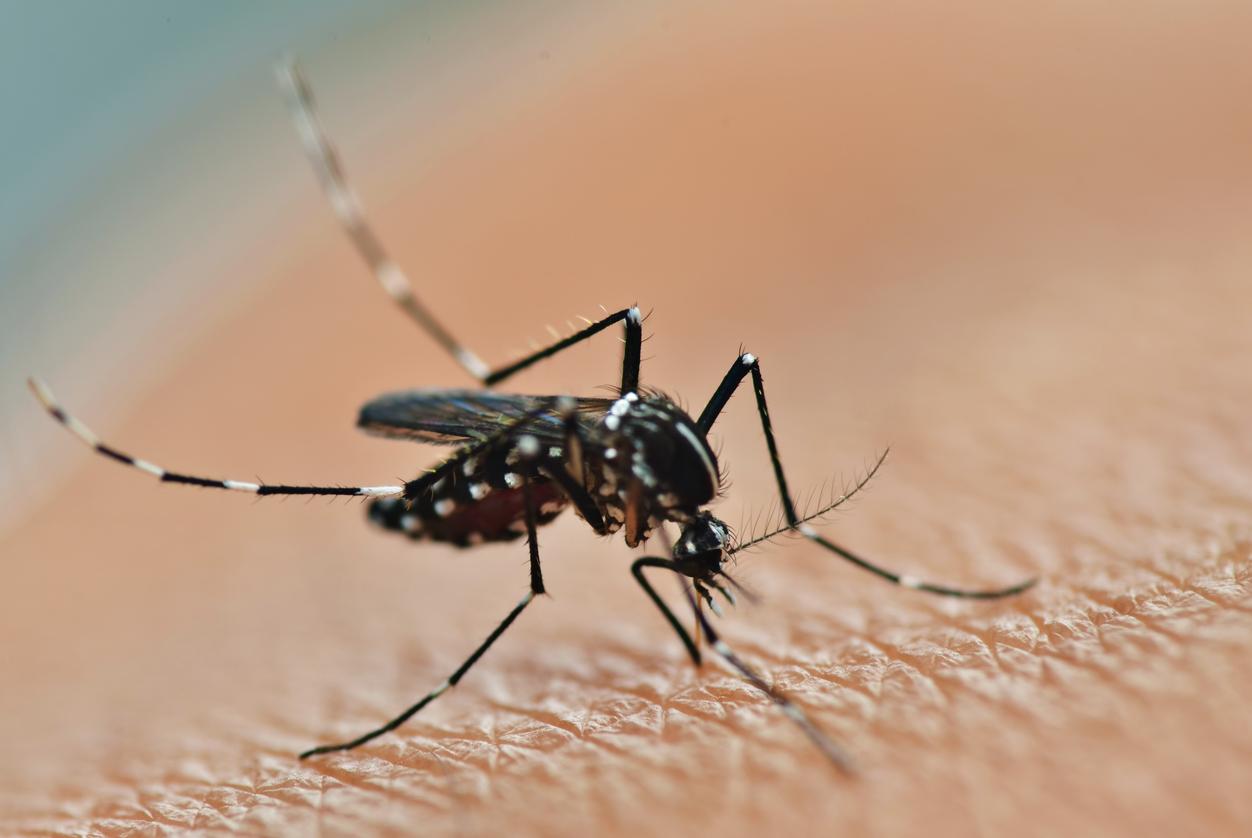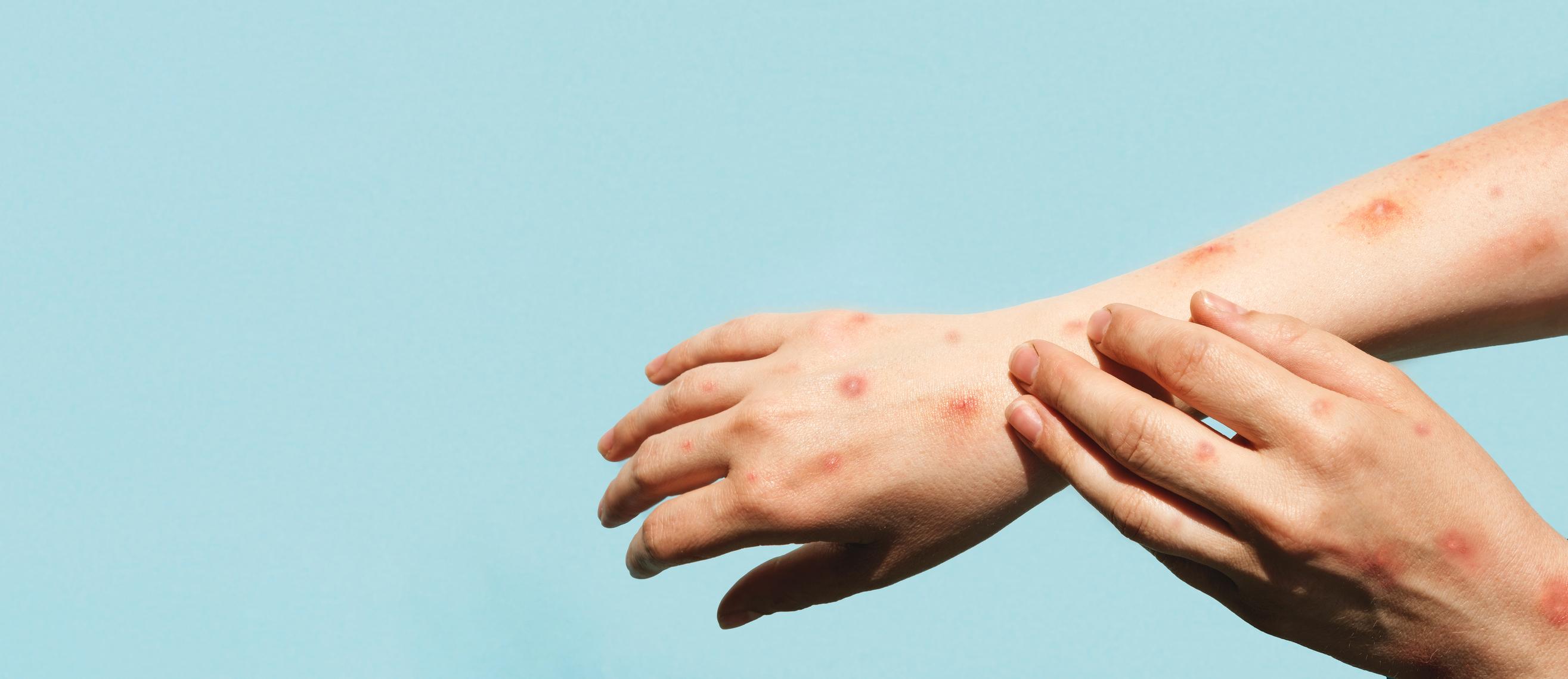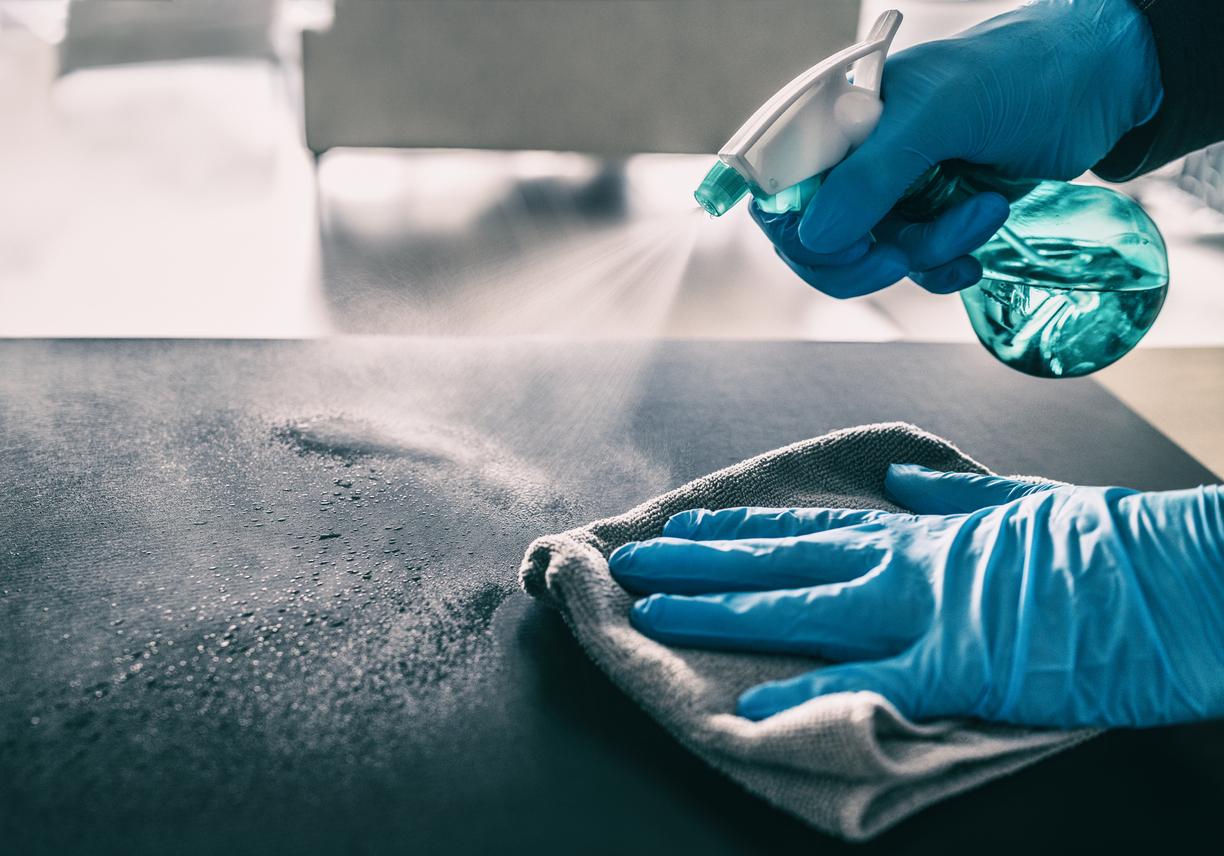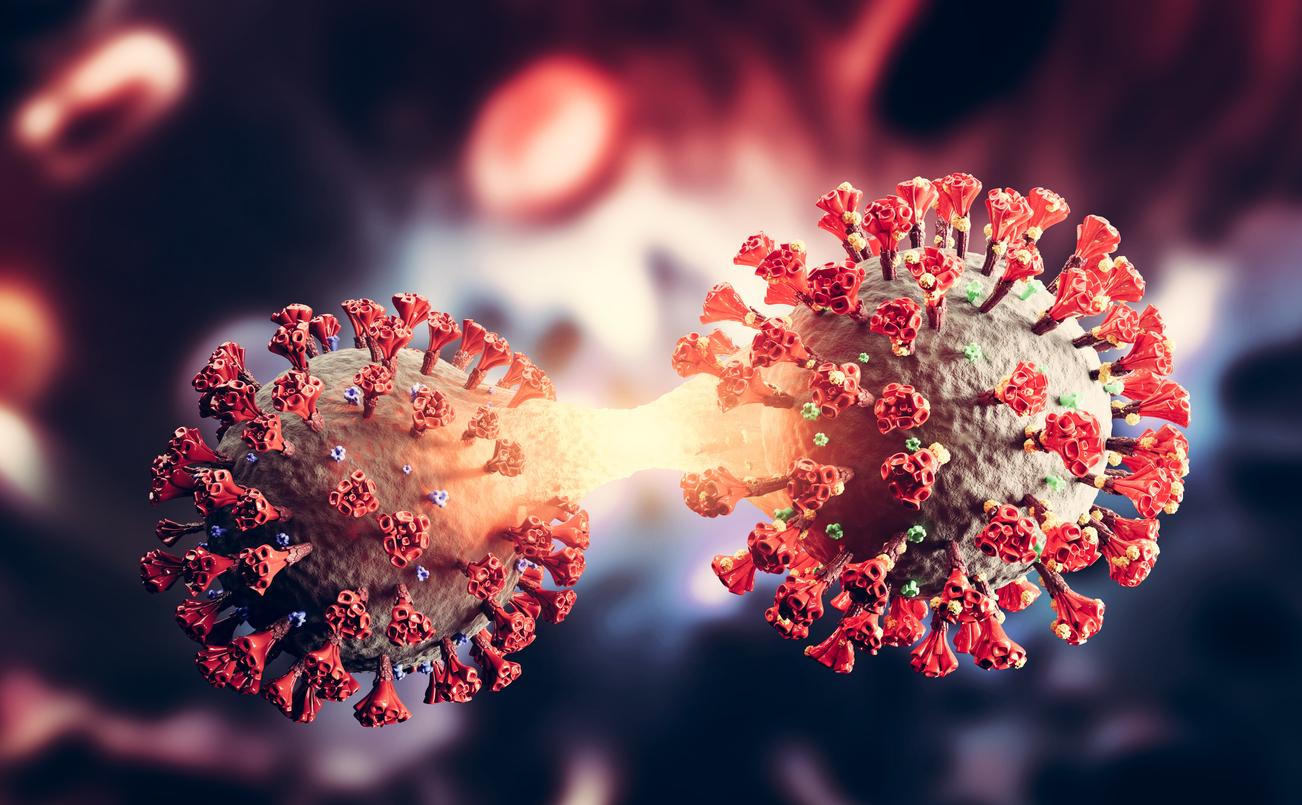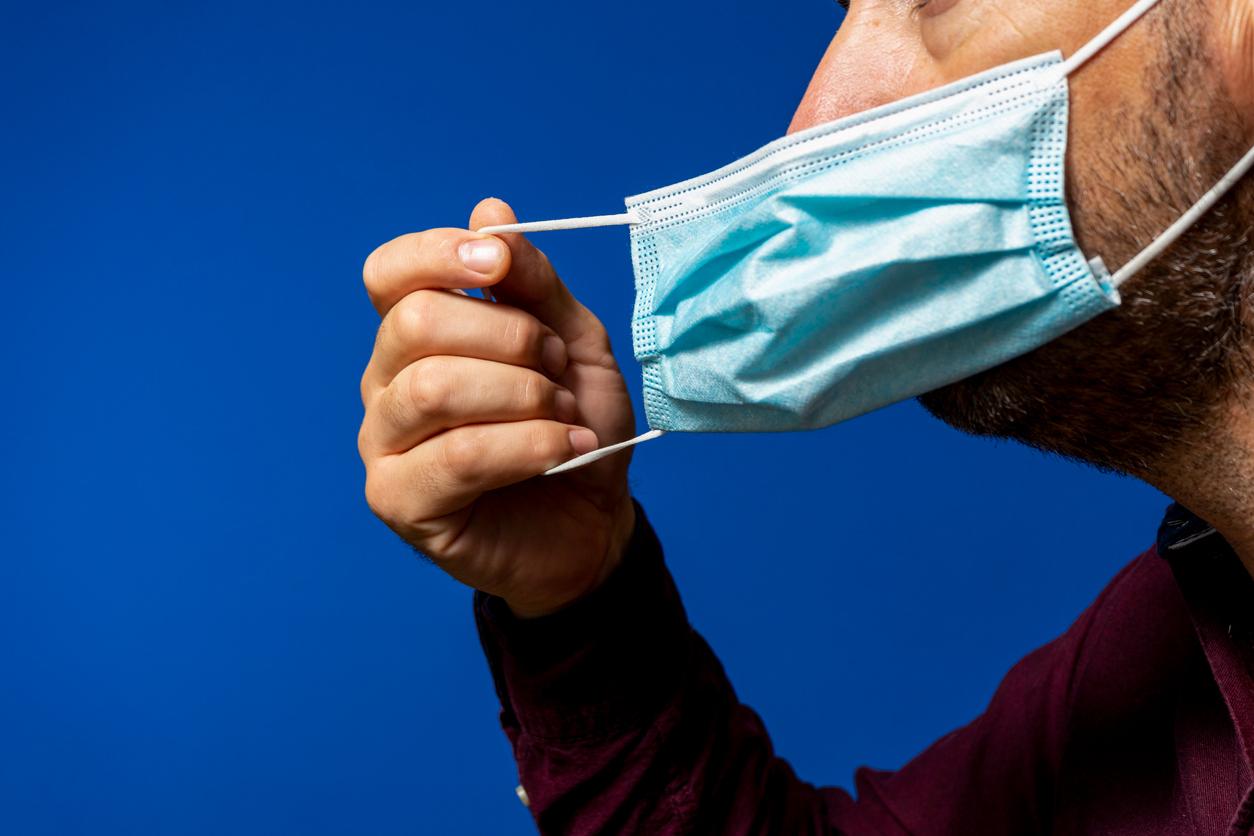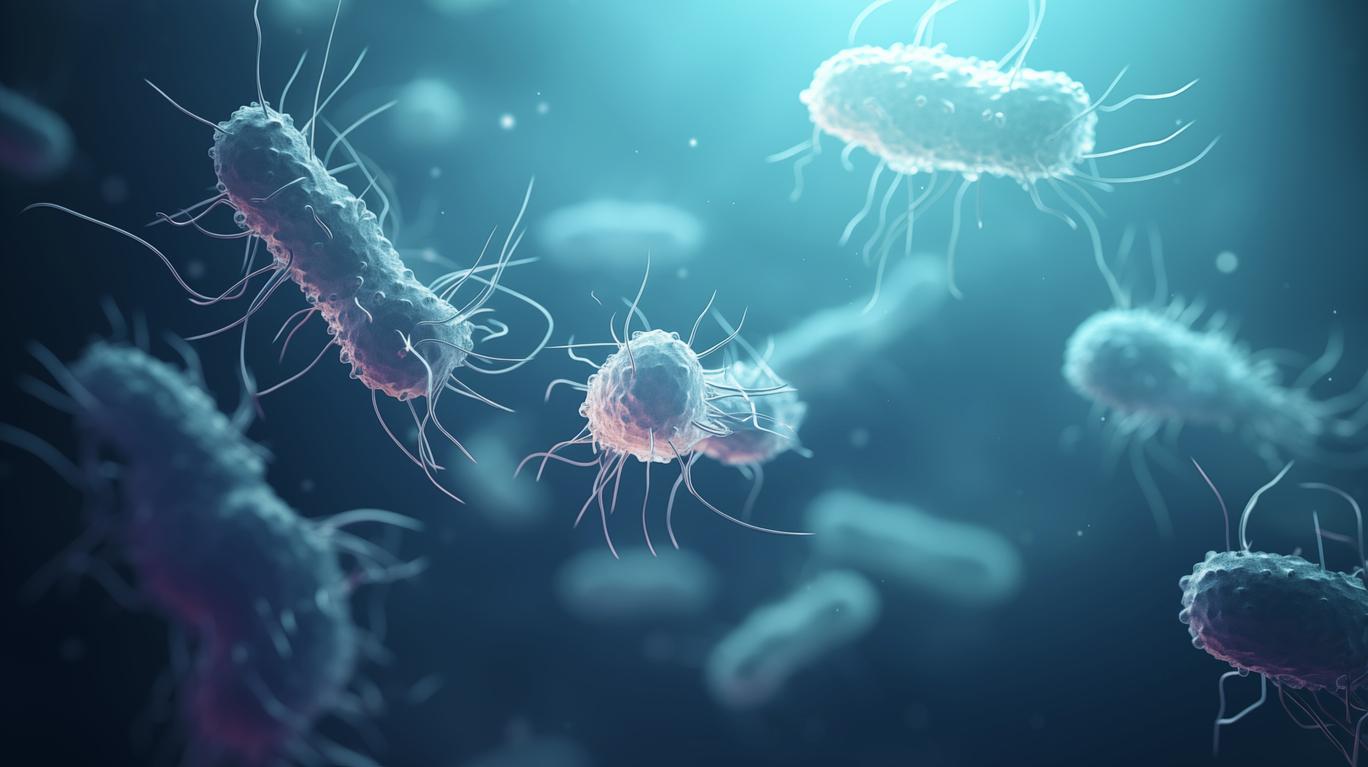While the coronavirus has already claimed 2,442 lives, infected 77,000 people in China and the epidemic is gaining ground in 25 other countries, let’s take a closer look at what viruses, bacteria and microbes are.

The word “virus” comes from the Latin word uirus which means mood, venom, poison, bad smell, infection. It is an infectious agent requiring a host, often a cell, whose metabolism it uses to replicate. Indeed, unlike a bacterium, the virus cannot evolve autonomously and needs a habitat. We can therefore consider that a virus is a parasite. It is made up of a structure called the “capsid” that surrounds the genome and houses a small portion of genetic material (DNA).
The intrusion of a virus
A virus is transmitted by so-called “air” route when an infected person coughs or sneezes near another: part of the virus is then expelled from the body into the ambient air and reaches that of its neighbour. It can also be transmitted through water or food, direct contact between people or indirect contact, i.e. through an object, such as a stair railing or a subway bar. . Once inside a new organism, the virus tries to find refuge in a cell.
Once inside, it releases its genetic material allowing it to replicate. These different copies of the virus will accumulate until the cell explodes. Symptoms such as fever, headache and fatigue occur as the immune system begins to fight against the virus intrusion.
Bacteria, naturally present in our body
As mentioned above, viruses and bacteria should not be confused. If the first needs a host to lodge and multiply, a bacterium is an autonomous microscopic living organism that lives most of the time in community within a mucous gel. Also endowed with genetic material, bacterial cells are naturally present in the human body and essential for its proper functioning.
It is estimated that there are approximately 500 different bacterial species in the body (i.e. 100,000 billion), the majority being housed in our digestive system (mouth, esophagus, stomach, colon) and the vagina. It is this cluster of bacteria that we more commonly call “intestinal flora” or “vaginal flora”.
Of course, there are many pathogenic species causing infectious diseases such as staphylococcus or pneumococcus. Some bacteria become pathogenic when they are in a place in the body where they should not be, or in abnormally high numbers when the immune system is weak. There are contagious bacteria, but not all of them are, especially those linked to urinary tract infections.
Finally, we qualify as “microbes” a whole series of agents, infectious or not, a multitude of living micro-organisms such as fungi, viruses or even bacteria, the etymology of the word meaning “little life”.
.









